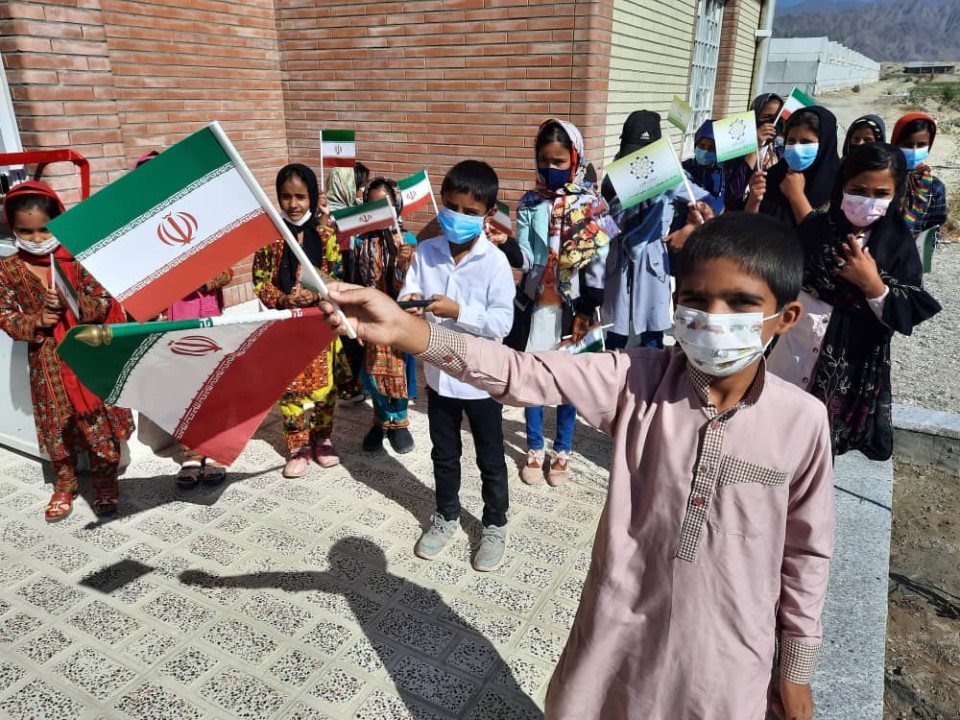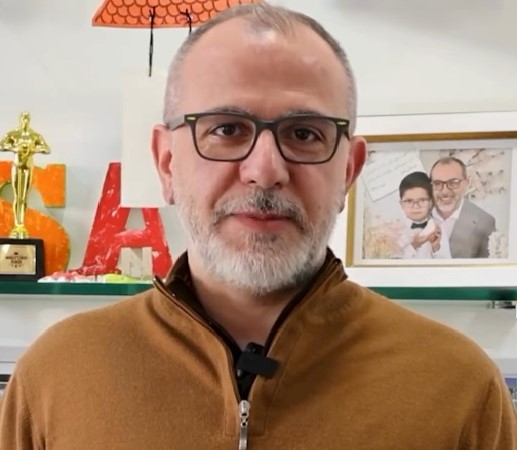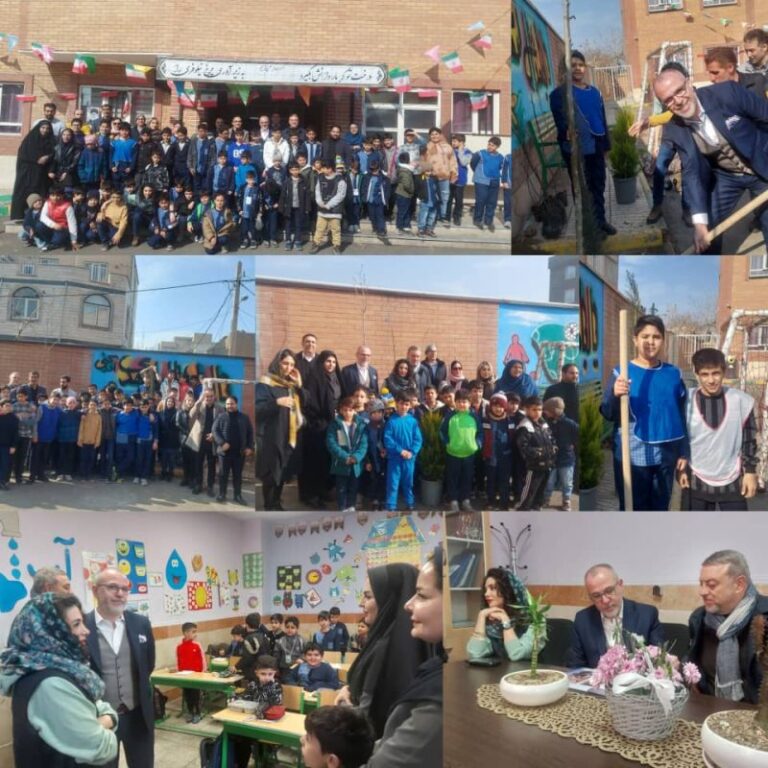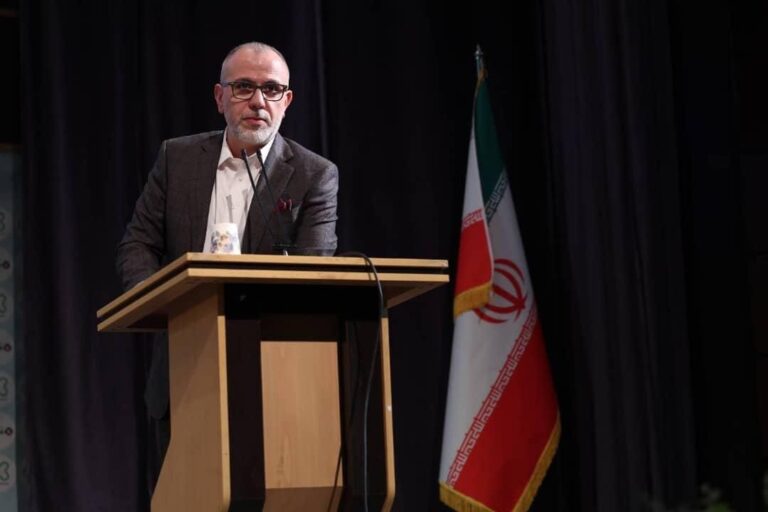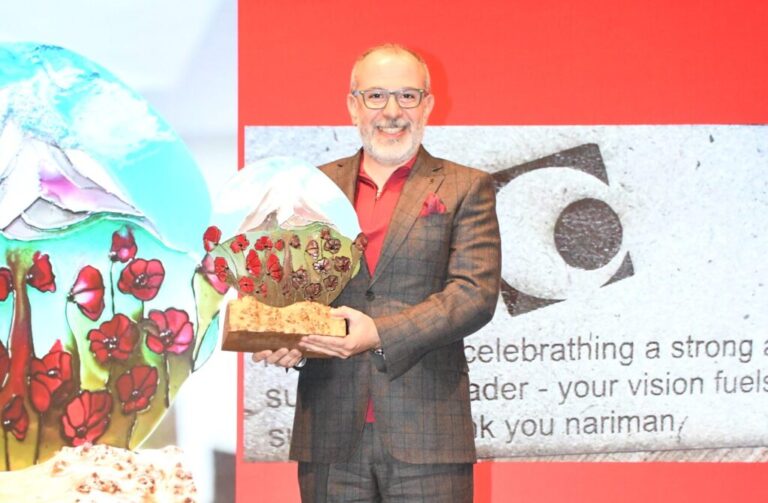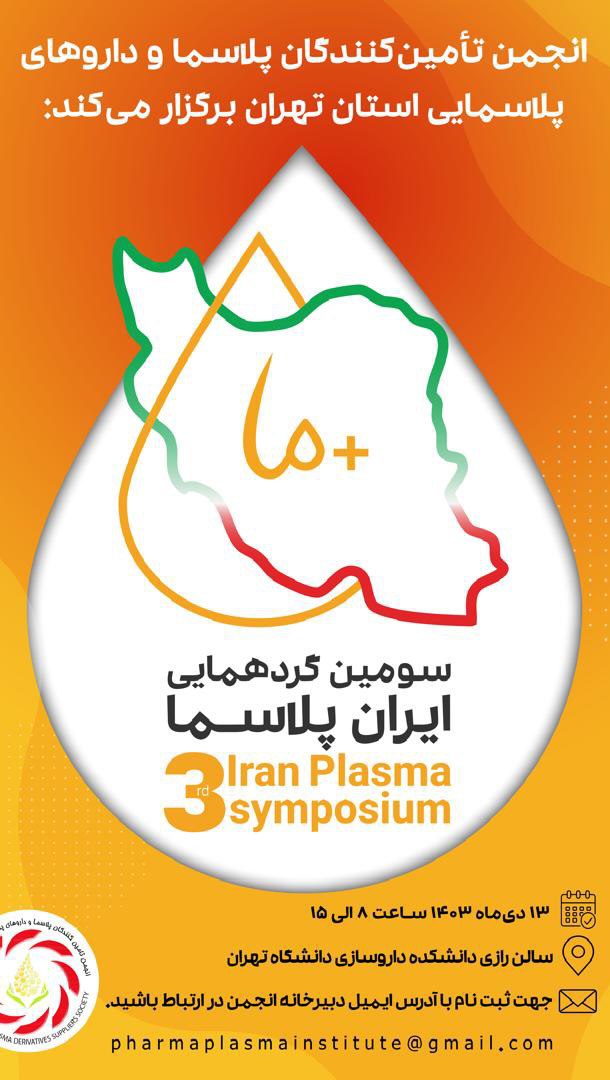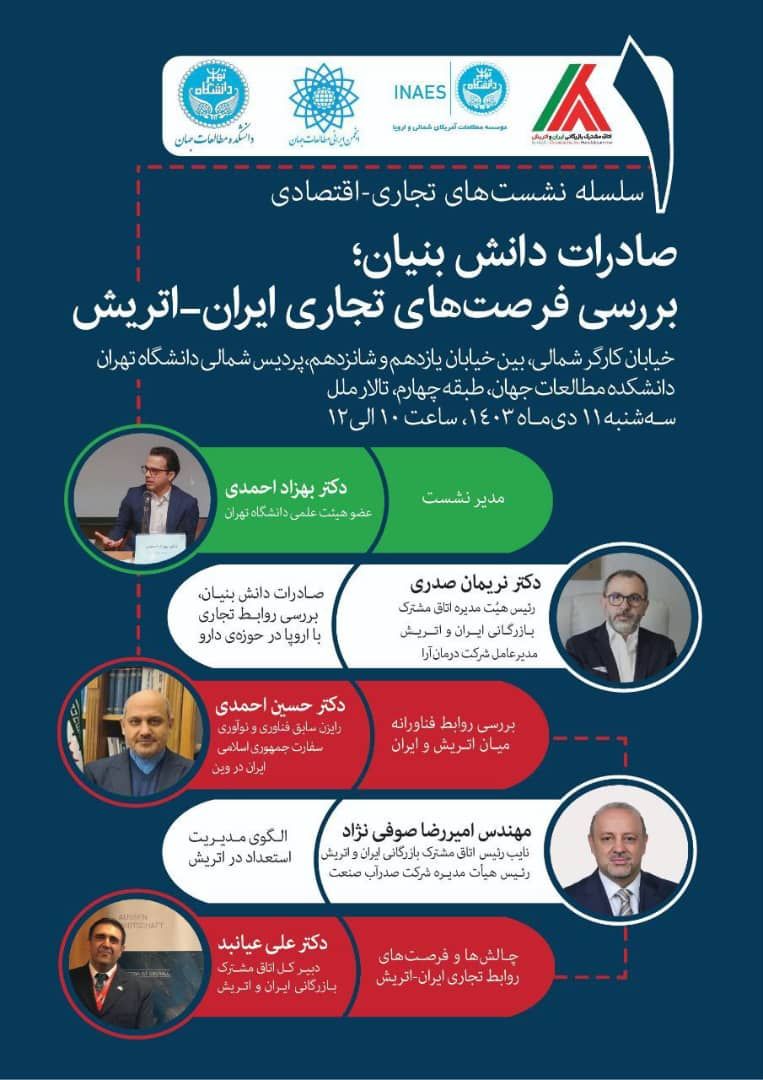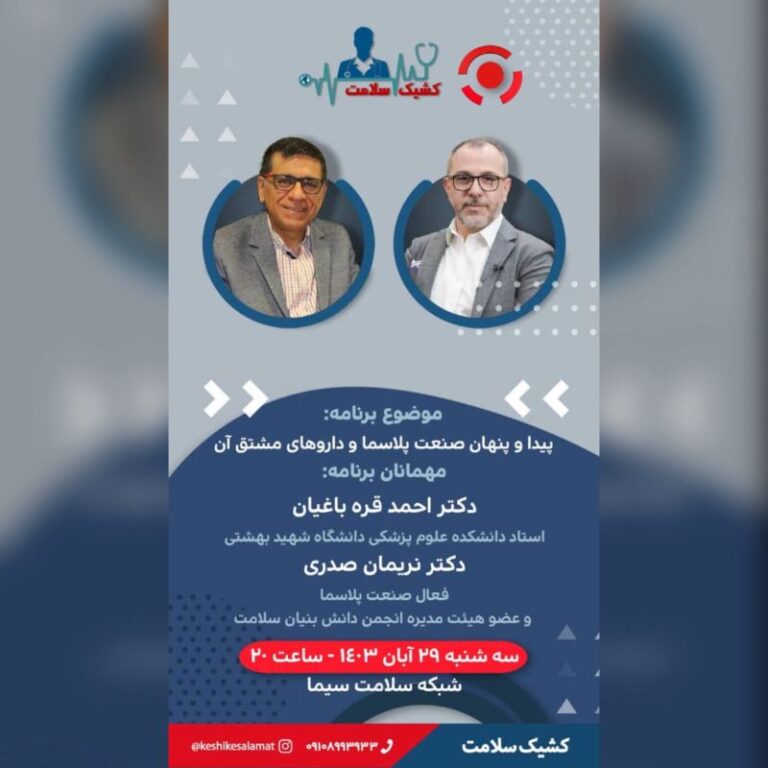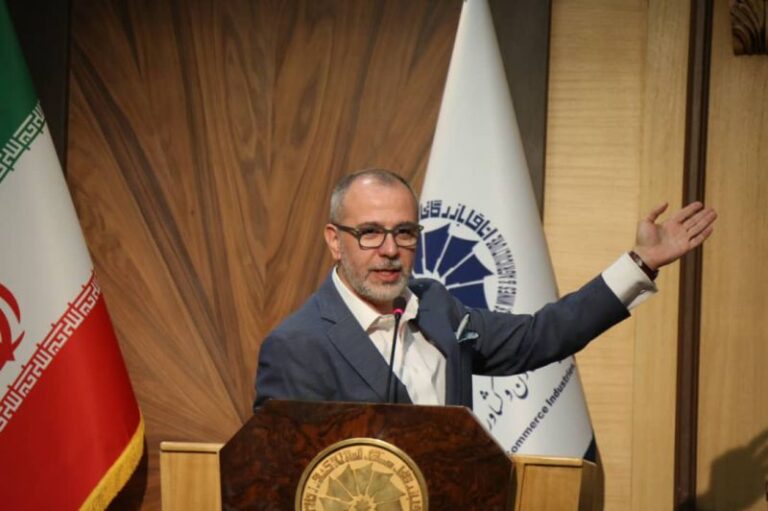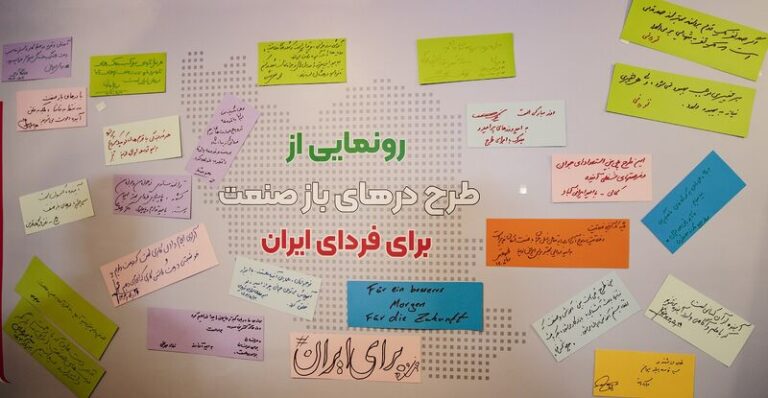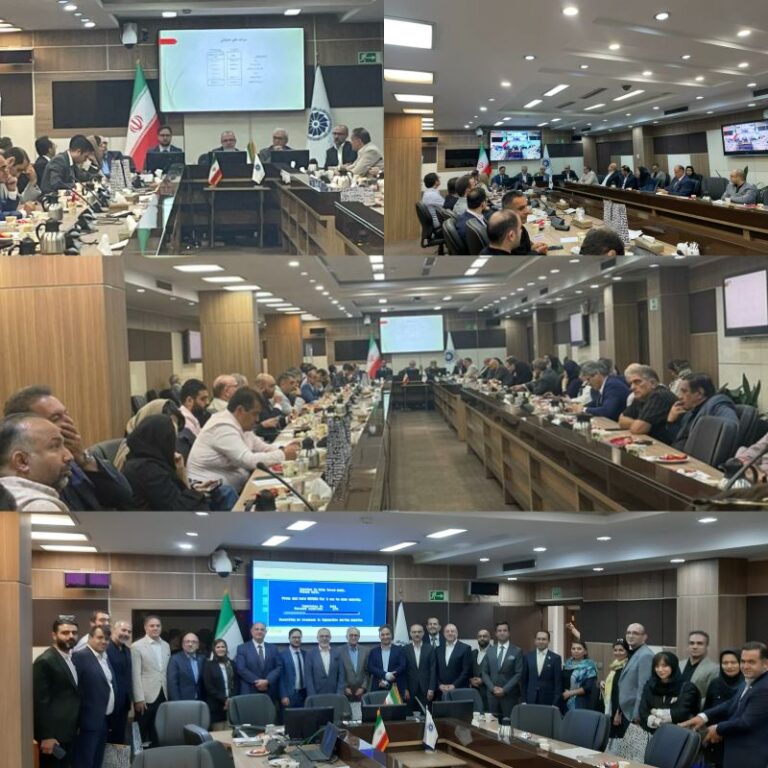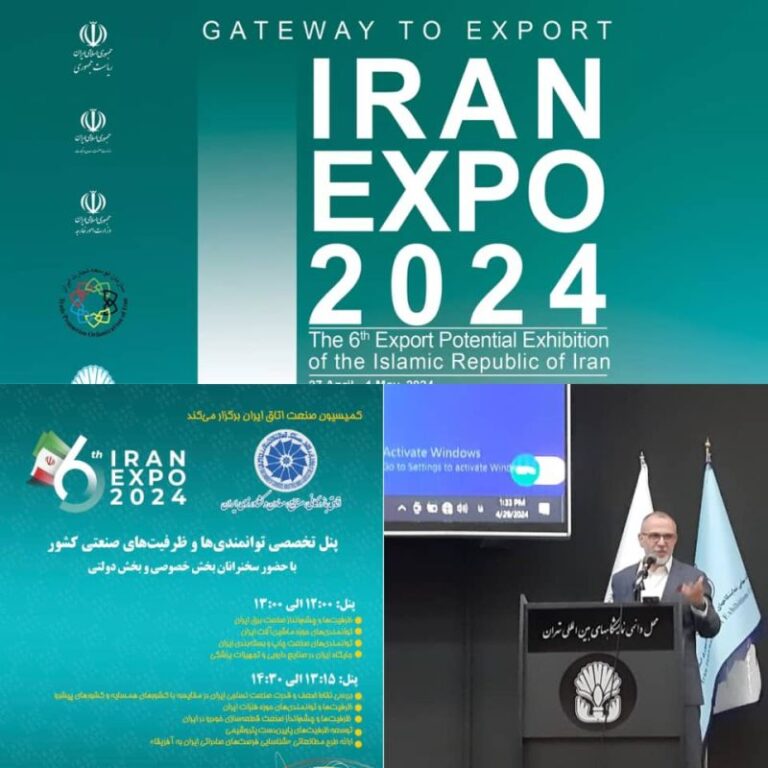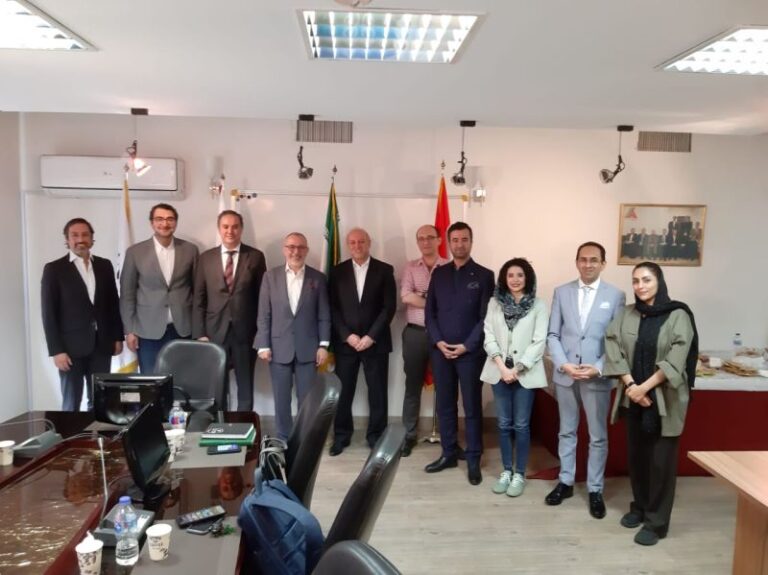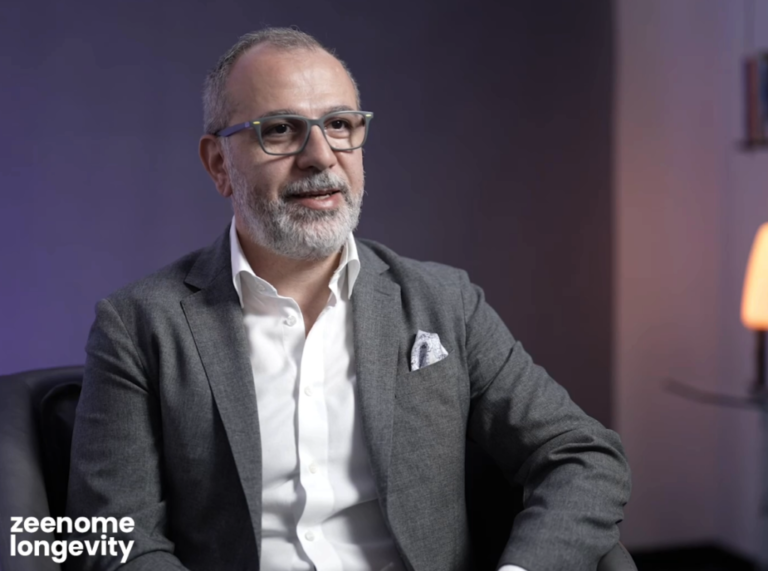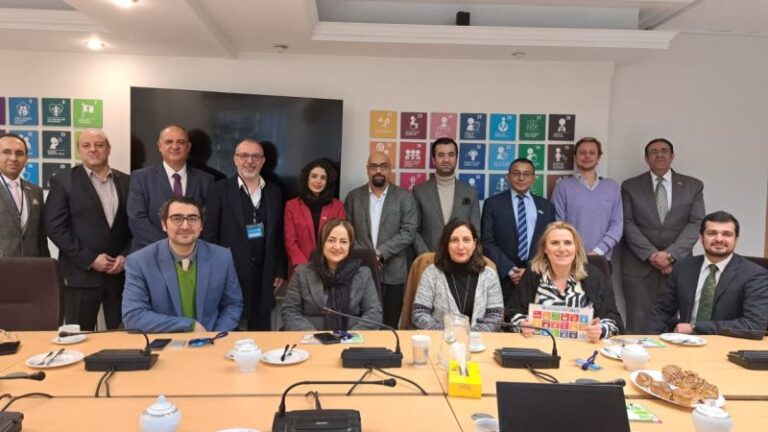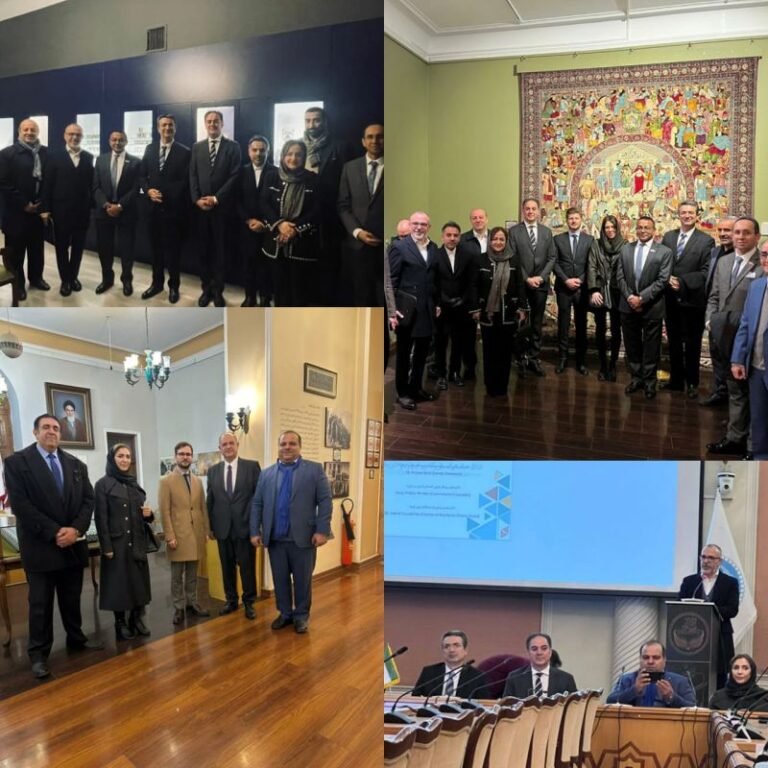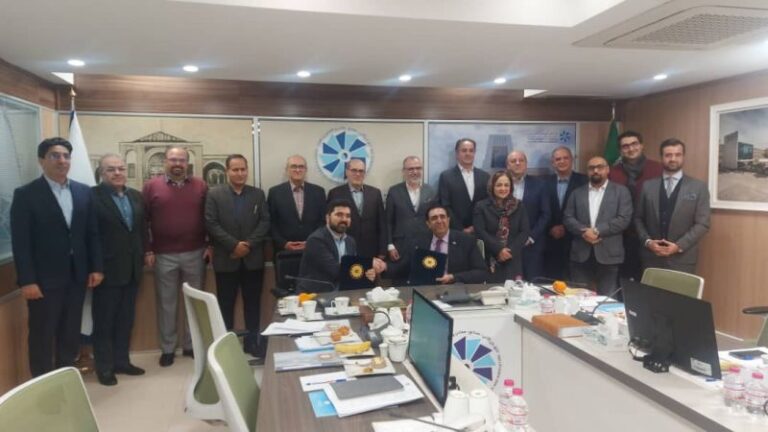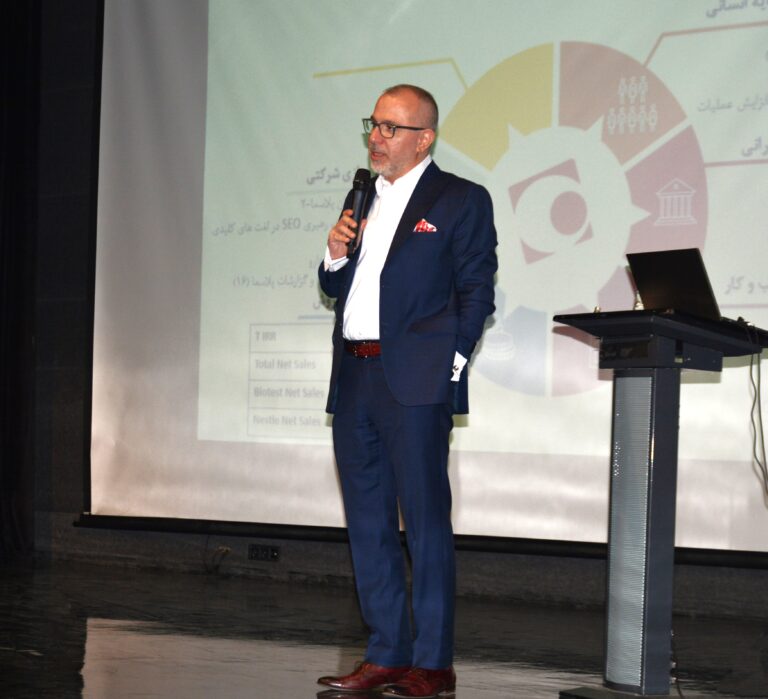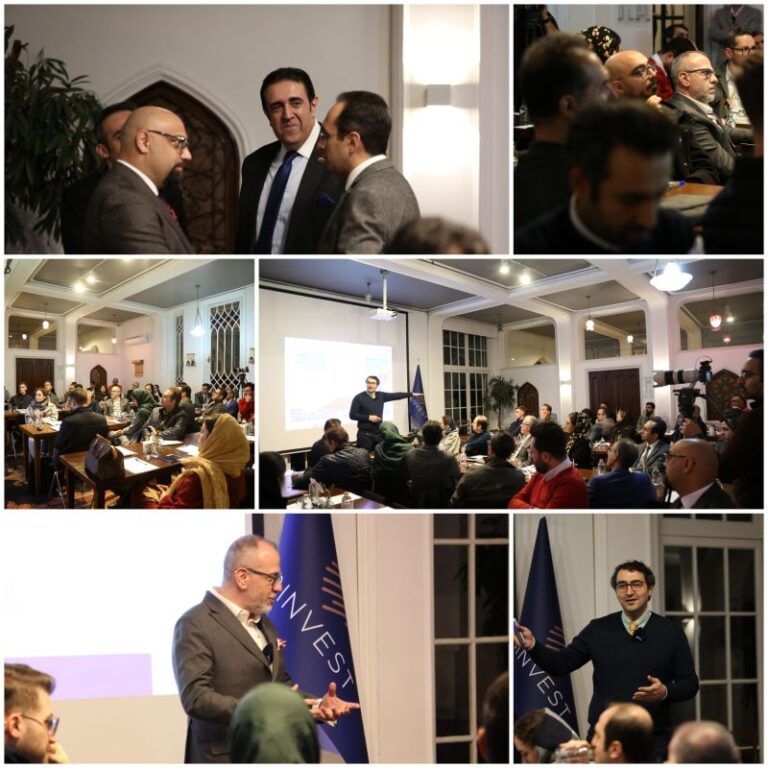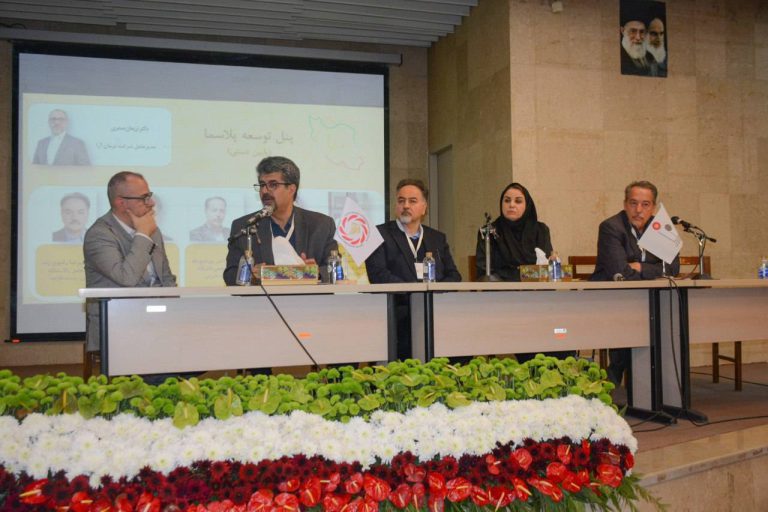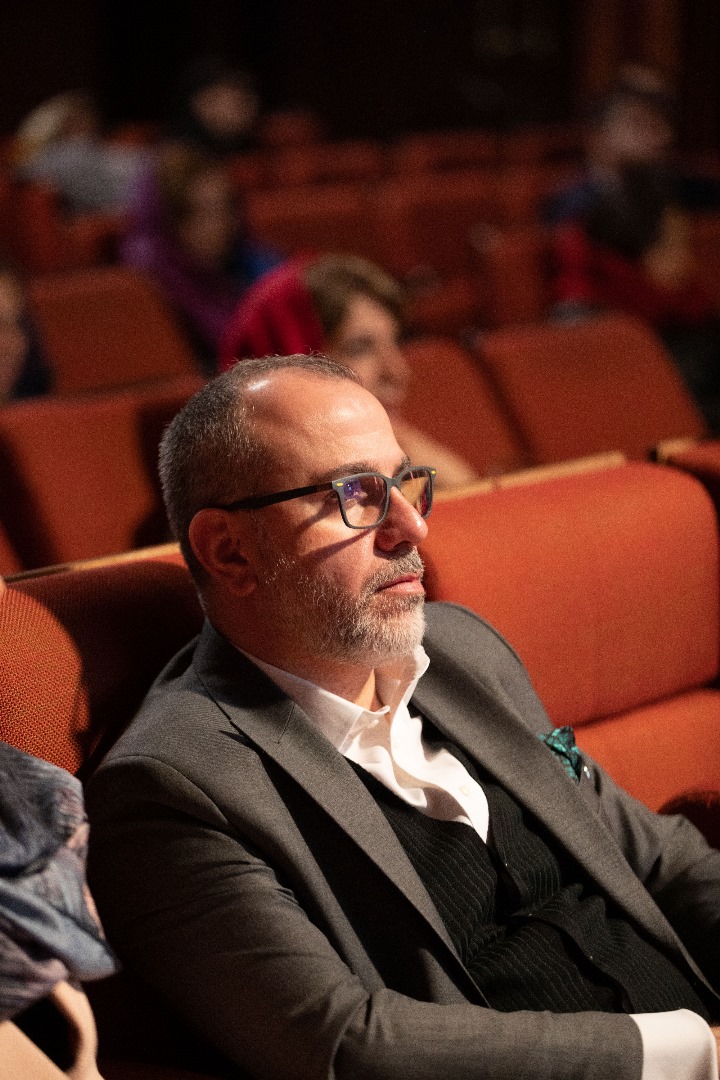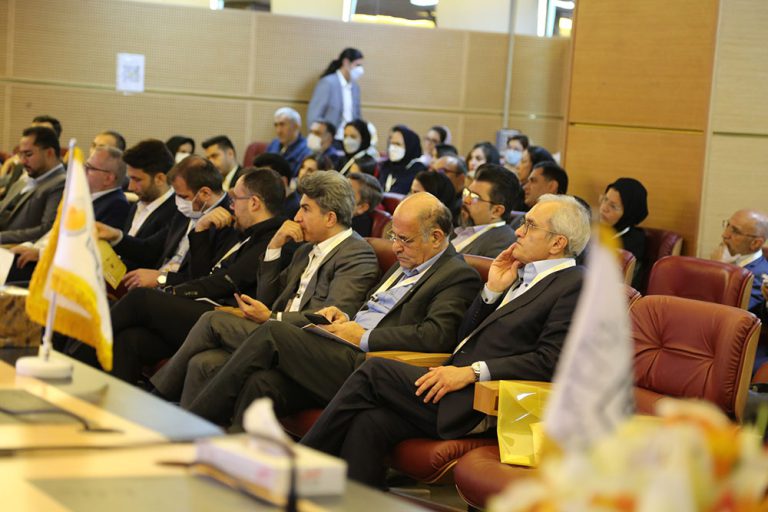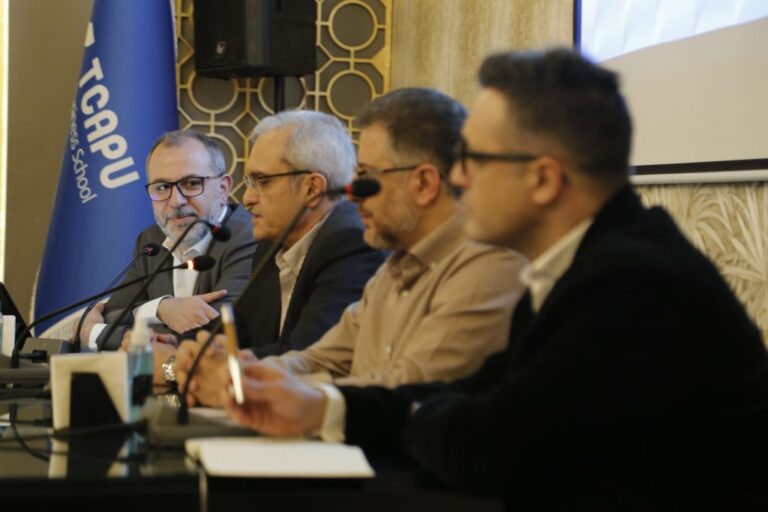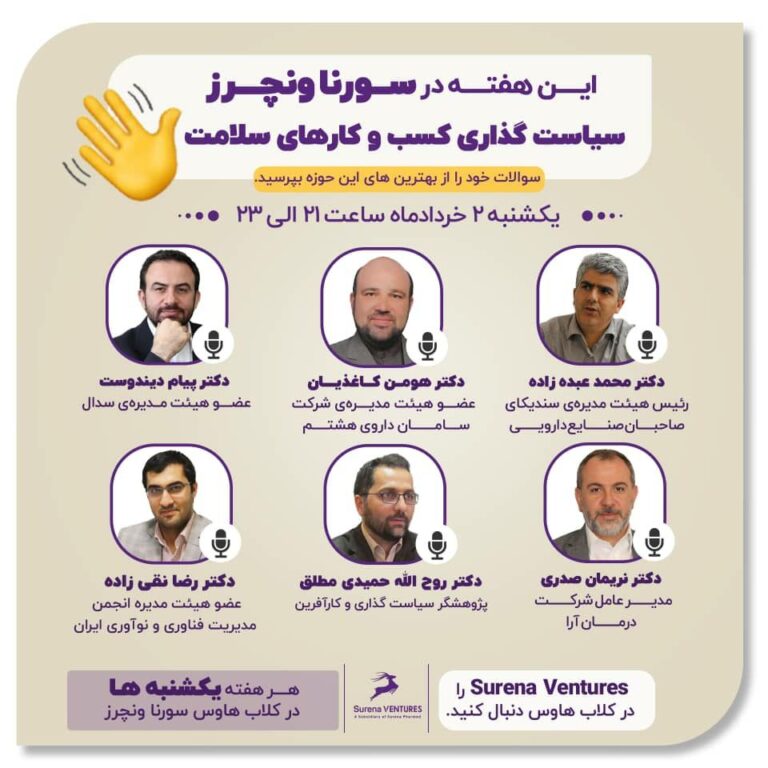I had the opportunity to travel alongside some of the finest individuals of this land to the city of Jiroft for the inauguration of several schools built by charitable benefactors.
The one-day trip was packed with a tight schedule, but there were moments when I could reflect more deeply on my experience amidst the day’s commotion. As I pondered the essence of this journey, the word that resonated most with me was “inequality.” And so, I chose this as the title of my reflection.
My question is this: How does building schools impact inequality?
Extensive research in social psychology demonstrates that material deprivation, particularly concerning life’s basic necessities – such as physiological needs, safety, and security – directly affects individuals’ ability to fully harness their mental and cognitive capacities. This means that if the cycle of poverty is not broken by those who are privileged within society, the disadvantaged grow poorer each day. Even if someone possesses the highest level of mental capacity genetically, much of that potential is consumed by the effort to meet basic needs, leaving little room for growth and flourishing.
Moreover, the privileged have the luxury of making mistakes – they can manage unforeseen challenges because financial resources cushion the impact of poor decisions or life’s unexpected crises. In contrast, those from lower social classes have minimal resilience, and even the smallest mistake or external shock – like economic or social crises – can have catastrophic consequences for their lives.
One of poverty’s gravest issues is learned helplessness. Disadvantaged individuals often perceive themselves as unworthy of dreaming or rising above their circumstances. Studies show that children from impoverished backgrounds often internalize and accept domestic or social violence, believing they deserve such treatment. Meanwhile, their peers from more affluent families view standing up against injustice as their right. The capacity to dream – to envision a future of education, a fulfilling career, and a joyful life – is often crushed by poverty.
When I reflect on school construction through this lens, its significance becomes even clearer. Schools offer children in my country the opportunity to experience at least the minimum standards of an educational environment, reinforcing their sense of worthiness for a quality education.
Having access to a standardized educational space grants disadvantaged children an escape – even if for a few hours each day – from the cycle of poverty. From the hot, makeshift huts they call home, they can find refuge in a proper building equipped with cooling systems, spending their time with passionate teachers who paint a different picture of the world for them.
I don’t know how many of the innocent faces hidden behind masks in the accompanying photo will be able to pursue their dreams. Will they have to work on farms or tend livestock before reaching adulthood to support their families, or will they get to experience childhood – imagining the lives they wish to lead and learning how to pursue those dreams in the classrooms built for them?
What I do know is that among us, there are those who are determined to break the cycle of poverty. These remarkable individuals have dedicated their focus to educating the children of Iran. Through initiatives like the “Iran-e-Man” (My Iran) campaign – alongside many other movements – they strive to provide every child in Iran with the chance to dream and learn.
I am grateful that, in my life’s journey, I have had the opportunity to learn from these extraordinary people.

